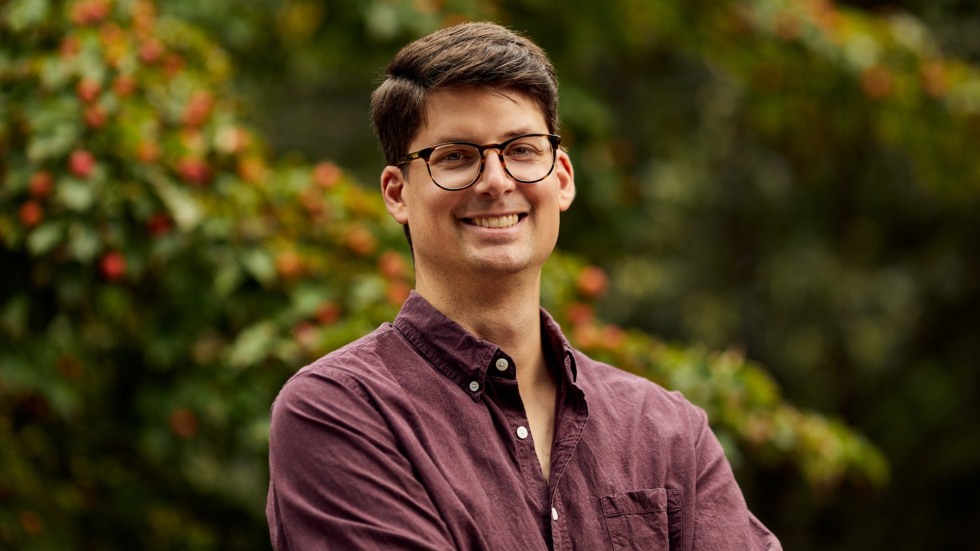Nuclear technology is often “dual-use,” having both peaceful and military applications. This is widely regarded as a lamentable fact, as states can pursue nuclear weapons under the guise of peaceful intentions. However, this article proposes an upside to the nuclear dual-use dilemma: the deniable nature of dual-use technology makes it more amenable to coercive counterproliferation. Caught proliferators are more likely to come into compliance if they can elude audience costs by denying that they were ever out of compliance. Thus, the dual-use dilemma is both the bane of the nonproliferation regime and a boon to its coercive enforcement. Poor knowledge of past nuclear programs can hamper future verification. Counterintuitively, however, the effectiveness of nonproliferation regime institutions created to promote transparency—the Treaty on the Non-Proliferation of Nuclear Weapons and the International Atomic Energy Agency (IAEA)—may be enhanced by not directly challenging the denial of past nuclear activities. This research uses interviews and archival evidence from the IAEA, US government, and South African apartheid government. At a time when ongoing nuclear disputes revolve around questions of transparency and admissions of guilt, this article contributes to scholarly and policy debates about secrecy, face-saving, counterproliferation strategy, and the role of international institutions in coercive bargaining.
